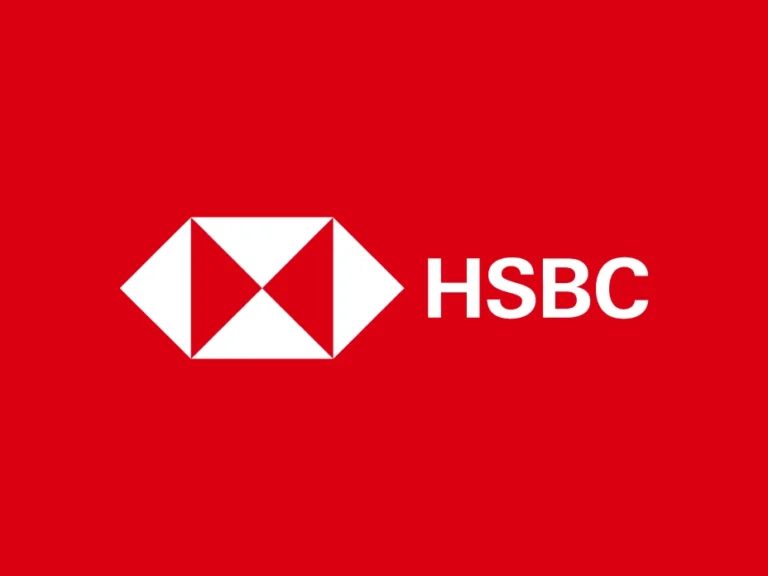
Once upon a time, streaming services swooped in like caped crusaders, promising to liberate us from the tyranny of cable TV. No more bloated bundles, no more endless commercials, no more paying for 200 channels we’d never watch. Netflix, Hulu, and a scrappy little upstart called Amazon Prime Video offered a dream deal: endless entertainment for a few bucks a month. It was the golden age of cord-cutting, and we gleefully snipped those coaxial cables, smug in our rebellion against Big Cable. But fast forward to 2025, and the honeymoon is over. Streaming has morphed into a money-hungry monster, jacking up prices, piling on ads, and fragmenting content until it feels eerily like the cable packages we ditched. Maybe, just maybe, cutting the cord isn’t worth it anymore.
Let’s start with the numbers, because they don’t lie. Netflix, the granddaddy of streaming, used to cost $7.99 a month for its basic plan back in 2014. Today, that same tier—now stripped of perks like HD—sits at $11.99, while the standard plan with HD is a whopping $15.49. Want ad-free viewing? That’ll be $22.99 for the premium tier. Hulu’s no better: its ad-supported plan jumped from $5.99 in 2019 to $9.99 by late 2024, and the ad-free version now clocks in at $18.99. Disney+? Launched at $6.99 in 2019, it’s now $13.99 for the basic ad-free tier—double the original price in five years. And don’t forget Max (formerly HBO Max), which went from $14.99 to $19.99 for its ad-free plan. Add in Paramount+ ($7.99), Peacock ($7.99 with ads), and Amazon Prime Video (now $14.99 standalone or bundled with a $139 annual Prime membership), and you’re easily spending $80 to $100 a month to keep up with the must-haves. That’s cable territory, folks.
The argument used to be simple: streaming was cheaper because you could pick and choose. But that logic’s crumbling faster than a house of cards in a windstorm. The content splintering is relentless—every studio wants its own platform, and they’re clawing back their libraries to force you into more subscriptions. Want The Office? That’s Peacock. Friends? Max. The Mandalorian? Disney+. Stranger Things? Netflix. Good luck watching your favorite shows without juggling four or five services. Bundling was supposed to be the cable devil we slew, but streaming’s recreated it with a vengeance. Disney even pushes a Disney+/Hulu/ESPN+ trio for $16.99 (with ads) or $26.99 (ad-free)—a deal that sounds suspiciously like a cable package minus the coaxial.
And then there’s the ads. Oh, the ads. Streaming swore it’d never stoop to cable’s commercial breaks, but here we are. Netflix rolled out an ad-supported tier at $6.99 in 2023, and by 2025, it’s nudging users toward it with higher prices for ad-free plans. Hulu’s been shoving ads down our throats since day one unless you pay extra to escape them. Peacock’s free tier vanished, leaving an ad-riddled $7.99 option as the cheapest entry. Even Amazon Prime Video, once a bastion of ad-free bliss, started slipping commercials into its lineup in 2024 unless you fork over an additional $2.99 a month. The promise of uninterrupted viewing? A distant memory. You’re paying more and sitting through Geico ads. How is this progress?
The price hikes aren’t even subtle anymore—they’re brazen. Every earnings call, these companies trot out excuses: “rising content costs,” “investing in originals,” “enhancing user experience.” But let’s call it what it is: greed. Netflix spent $17 billion on content in 2023 alone, and sure, Squid Game was a hit, but do we really need another dozen reality shows about baking or dating? Disney’s pouring billions into Marvel and Star Wars spin-offs, yet half the catalog feels like recycled fan service. Meanwhile, subscribers foot the bill while CEOs rake in eight-figure bonuses. Comcast’s Brian Roberts made $35 million in 2023; Netflix’s Ted Sarandos pocketed $50 million. They’re not hurting, but your wallet sure is.
Compare that to cable, and the gap narrows. A basic cable package from Xfinity or Spectrum still runs $50 to $70 a month, often with a DVR and live sports included—stuff streaming struggles to replicate without tacking on even more costs (looking at you, $20-a-month YouTube TV). Sure, cable’s got its downsides: contracts, equipment fees, and those maddening channel bundles. But streaming’s catching up with its own annoyances—password-sharing crackdowns, regional blackouts, and constant app-switching. At least with cable, you’re not playing subscription roulette to find out where The Bear lives this month.
The tipping point might be the quality creep. Streaming was supposed to be about choice and convenience, but the relentless price hikes come with diminishing returns. Originals are churned out like factory widgets—quantity over quality. For every Severance on Apple TV+ (another $9.99 a month, by the way), you get a dozen forgettable duds. Meanwhile, classics vanish as licensing deals expire, leaving gaps filled with algorithm-driven schlock. Cable, for all its flaws, still delivers a predictable slate of live news, sports, and reruns without making you subscribe to six apps to cobble it together.
Here’s the kicker: streaming’s not even that cheap for casual viewers anymore. Rotate subscriptions to save money, they say—cancel Netflix after Stranger Things, grab Disney+ for Ahsoka, then swap back. But who has time for that? Life’s busy enough without turning entertainment into a part-time job. Cable’s a one-and-done deal: plug in, tune out. Streaming’s a labyrinth of logins, price tiers, and “limited-time offers” that vanish when you blink.
So why stick with streaming? Nostalgia for the revolution that never was? Blind hope that prices will drop? They won’t. These platforms have us hooked, and they know it. They’ve got the data—every click, every binge—and they’ll squeeze until we break. Maybe it’s time to rethink the cord-cutting gospel. Cable’s not sexy, but at least it’s predictable. Streaming’s become a slick con, dressing up rising costs and fractured content as “innovation.” Next time your Netflix bill ticks up another $2, ask yourself: is this freedom worth it? Or did we just trade one overlord for a dozen?



